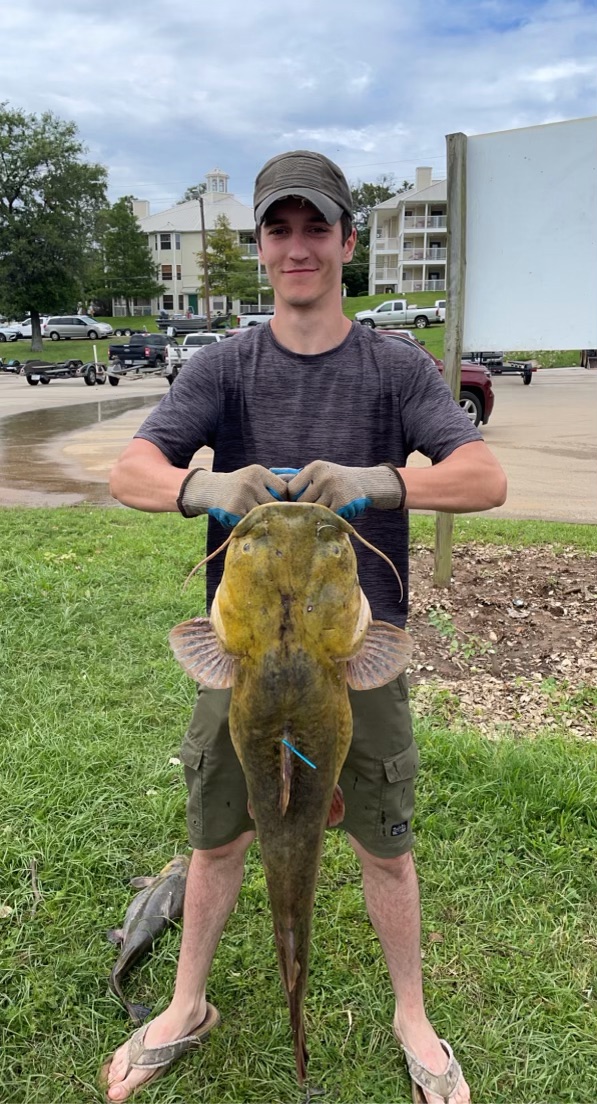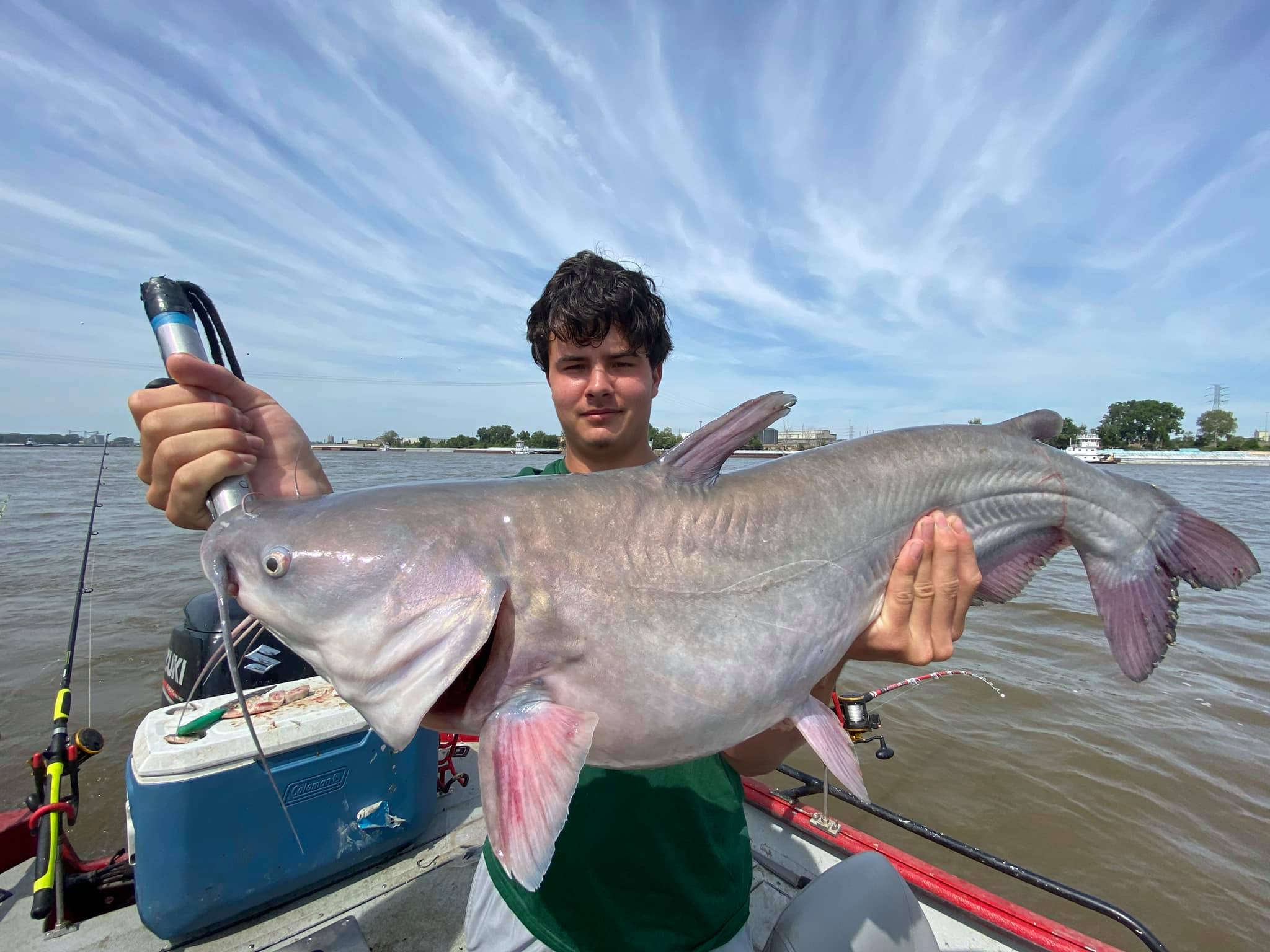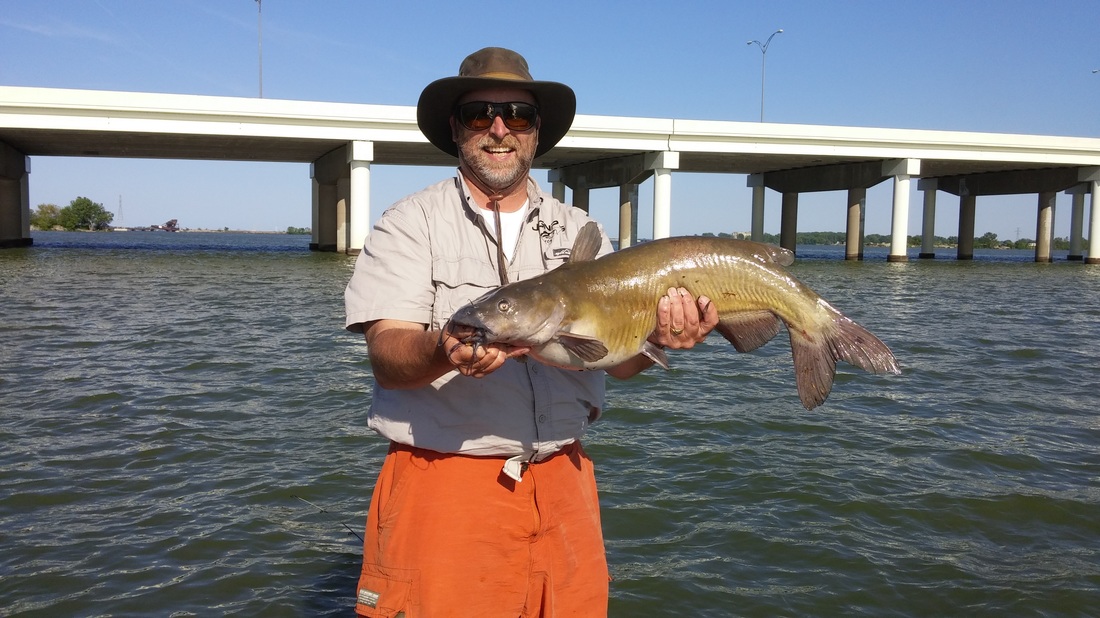Summers mean fishing. While many fishermen will think about bass and crappie in the sun, the warm summer nights belong to the catfish. The US is home to several species of catfish, each with its unique habits and habitat. While the old Zebco 33 with a chicken liver will catch a cat from the bank, the dedicated tackle will consistently bring more big cats to your frying pan.
While catfish are fun to eat, they can be even more fun to catch. From dinky bottom feeders in your local pond to tailwater monsters, we break down the different species and how to find them. Despite the many legends that exist of truly massive catfish swimming in the country’s great rivers, we are using the all-tackle records for this article.
Bullhead Catfish
Range: East of the Rockies
Record: 8lbs 2 oz
The bullhead catfish is what most people think of when they picture a catfish. These square-tailed bottom feeders rarely exceed a few pounds. Bullheads exist in slow-moving murky water, relying on their sense of smell to find food. Bullheads are opportunistic feeders and take most bait, from worms to stink bait. Several subspecies range from the more prominent black bullhead to the brown and yellow, or “butter” cat. They are all fine eating, and their small filets make a great fish fry option.
Credit: Susquehanna River Catfish Trip
Flathead Catfish
Range: Eastern half of the US
Record: 123 pounds
Unlike the other species of catfish, flatheads are aggressive predators that prefer live baits and will even take swimming lures. Flatheads can reach 100 pounds and are strong fighters. They prefer rock and sand bottom rivers, especially near dam outflows. Flatheads prefer to nest in bank undercuts, hollow logs, or blowdowns. Because of their stationary nature during nesting, they are the primary targets for noodling. Noodling is fishing with your hands, tempting/agitating the catfish to grab your hand. more or less
Credit: Guided Noodling Trip
Blue Catfish
Range: River drainages of the central and eastern US
Record: 143
The largest of the catfish species, the blue catfish, is the fish of legend. Blues can be found in the rivers and lakes of the central United States, including the Missouri, Mississippi, and Ohio river systems. The records for blue cats in almost every state are over 100 pounds, making them a true river monster of the US. Blues eat anything and everything they can find. One popular method for finding big cats is to drop dead or cut baits below schools of striped bass, where large blues will lay waiting for crippled fish to sink to the bottom. It is interesting to note that blue catfish are considered an invasive species in the Chesapeake bay system, where they were introduced in the 1970s. The cats in the Chesapeake area have been detrimental to the shad, menhaden, and even crab populations.
Channel Catfish
Range: Across the US, southern Canada, and northern Mexico
Record: 58 pounds
Channel cats are the most popular sportfish in America, second only to the largemouth bass. Capable of growing to more than 30 pounds, channel cats will take nearly any bait. Channel catfish are also the most common species farmed for restaurant use. In warmer weather, active fish will strike lures fished near the bottom. Limb lines and trotlines are standard methods of catching channel cats. Check your regulations regarding unattended lines for fishing.
Catfish are caught in nearly every state in the country. For those fishing the bigger rivers of the nation, the opportunities to catch monster catfish increase even more. From hand fishing to working lures over deep river holes, anglers can target catfish with methods that fit their level of adventure. If you want to load up the cooler for a fish fry or try your hand (literally) at fighting a catfish, check out our catfishing guides at Venku.com.
Credit: Ohio Catfish Charter




